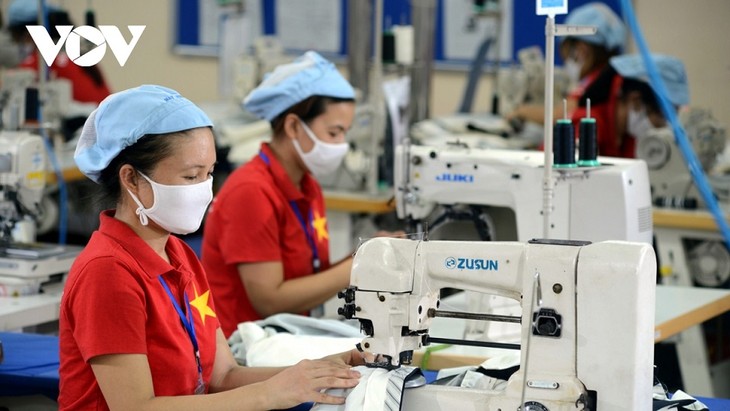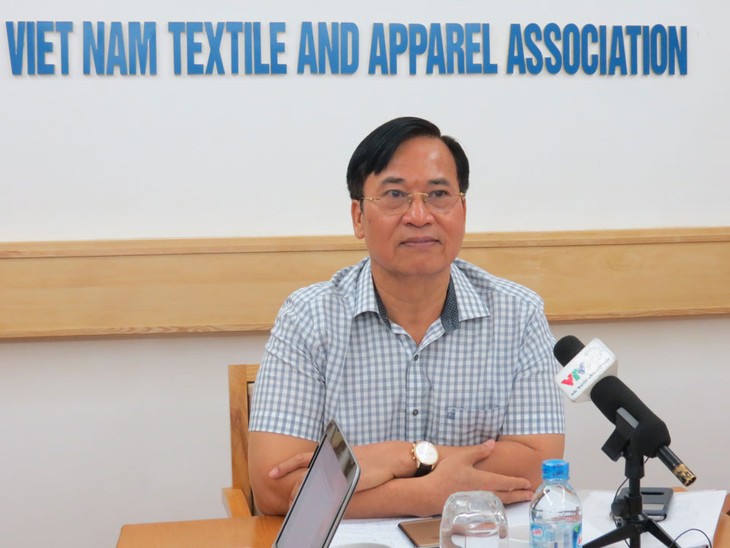(VOVWORLD) - In the first quarter of this year, Vietnam’s garment and textile sector has received increased orders - a good reason to be optimistic about its export target of 44 billion USD this year.
 (Illustrative photo) (Illustrative photo) |
Following the New Lunar Year holiday, businesses of the Vietnam National Textile and Garment Group (Vinatex) have accelerated production. The 12,000 employees of the Garment 10 Corporation are working hard to fulfil orders.
Than Duc Viet, General Director of the Garment 10 Corporation, says the company has orders through the end of the second quarter and is negotiating contracts for the following months.
“We have recovered and have stable work for our employees. We aim to grow 5-7% this year. We are quite optimistic about the current situation,” Mr. Viet said.
Vinatex says that, by the end of February, many of its members had orders through June, or even to the end of the year. The orders are mainly from the US, which buys 40% of Vietnam’s garment and textile exports. These positive signs have encouraged businesses to invest in more equipment and expand their production to be ready for new orders from big markets.
 Vinatex President Vu Duc Giang (photo: thesaigontimes.vn) Vinatex President Vu Duc Giang (photo: thesaigontimes.vn) |
Chairman of the Vietnam Textile and Apparel Association (VITAS) Vu Duc Giang said: “This year we have set an export target of 44-45 billion USD. In addition to recovered markets, Vietnam expects to sign new trade agreements with other countries. The global market is open. Vietnam's textile and garment industry will expand on a par with trade agreements. I fully expect Vietnam's textile and garment industry to reach its export target of 44-45 billion USD this year.”
Vietnam’s garment and textile industry has advantages compared to its competitors. Vietnam has signed and is negotiating 19 Free Trade Agreements. It’s the only country that has FTAs with the US, Japan, China, the EU, the UK, and Russia, whose markets are recovering their consumer demand.
The Development Strategy of the Textile, Garment, and Footwear Industry to 2030, with a vision to 2035, will be the foundation for attracting foreign investment in the fiber, weaving, and dyeing sectors.